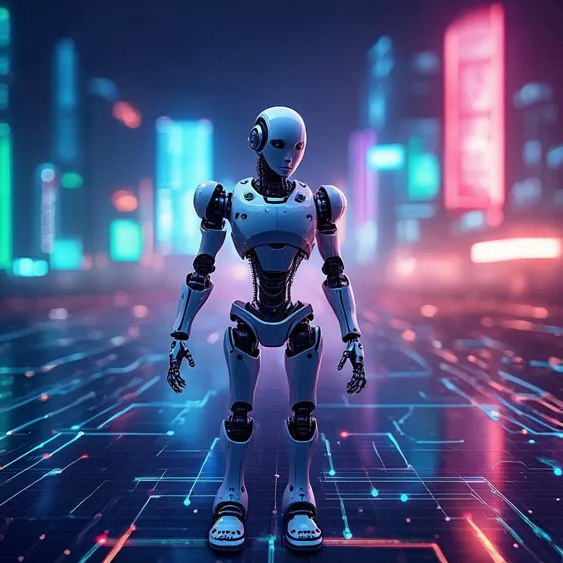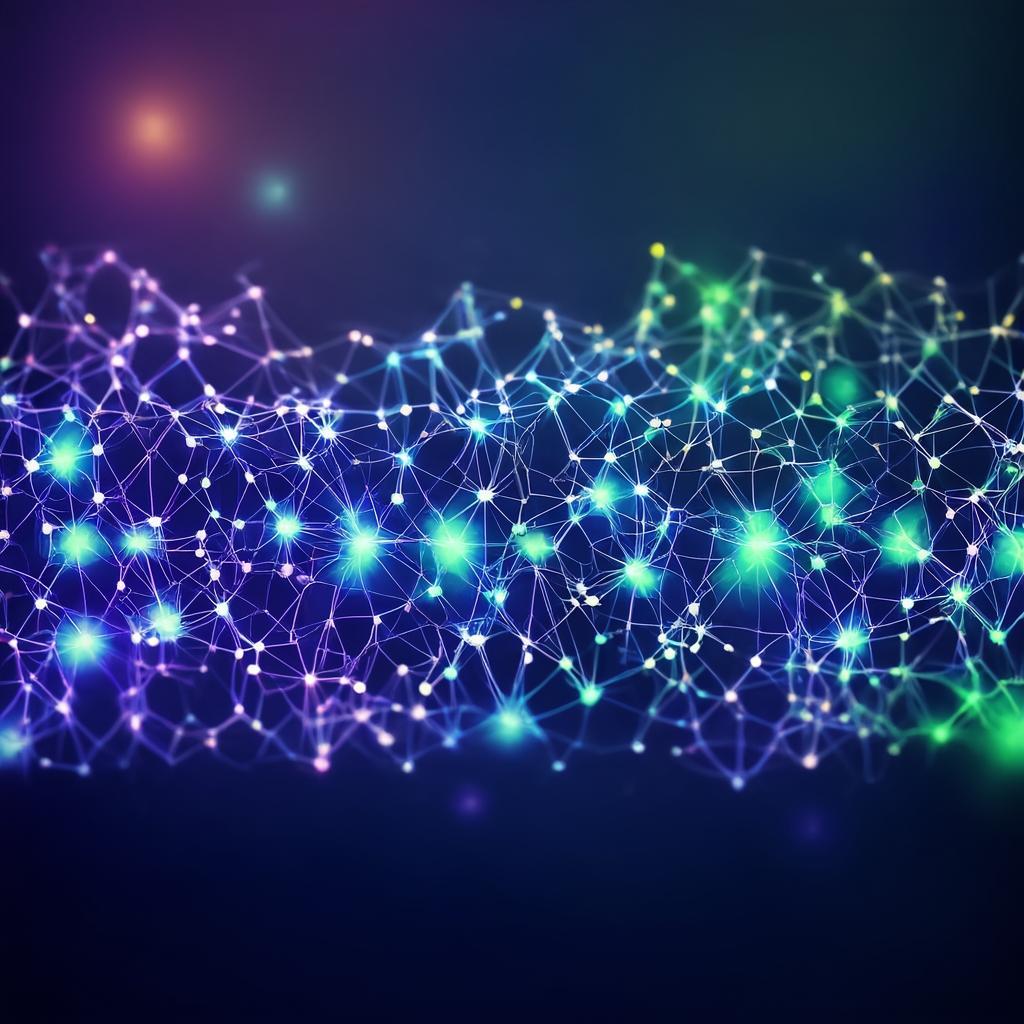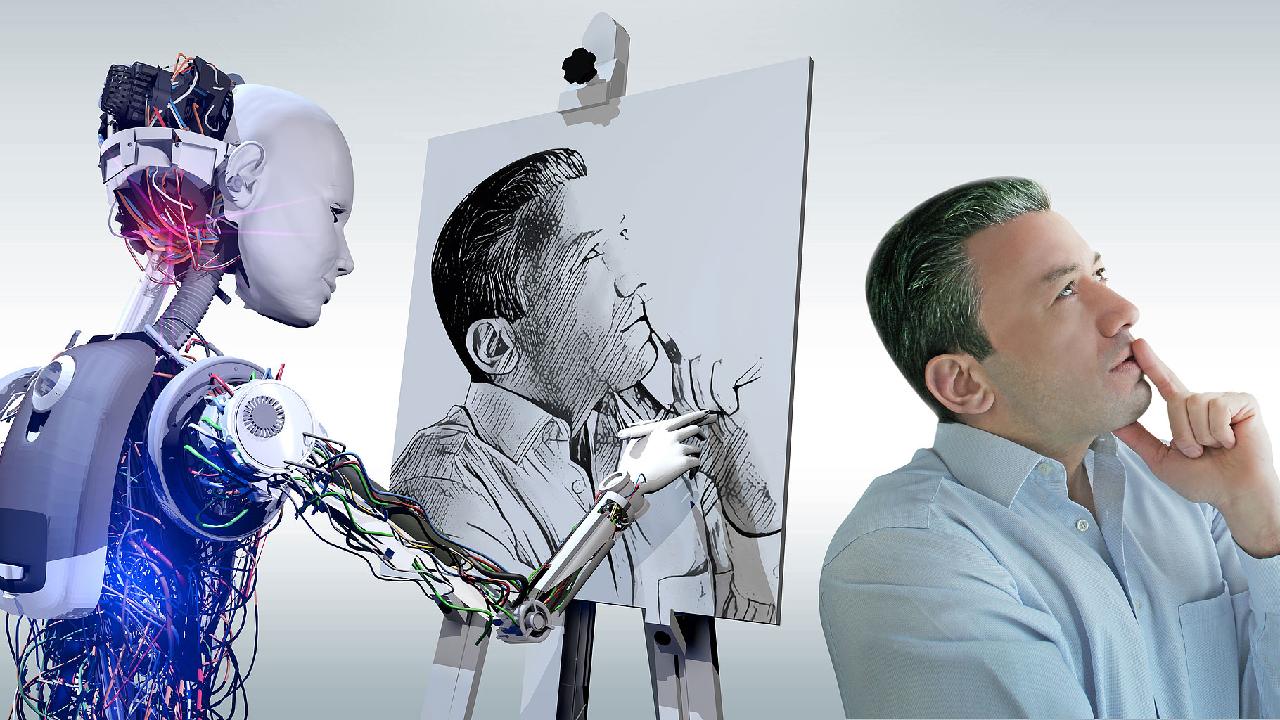Boston Dynamics Launches AI-Enhanced Atlas Robot

The recent upgrade to Boston Dynamics' Atlas robot marks a significant leap in the integration of artificial intelligence with robotics. This development, which introduces an end-to-end AI system, equips Atlas with the ability to understand natural language commands and respond autonomously to a variety of unexpected challenges. As robots increasingly occupy roles in industries previously dominated by humans, enhancing their cognitive capabilities is crucial for their practicality and effectiveness in the workplace.
The Atlas MTS, developed in collaboration with the Toyota Research Institute, utilizes a Large Behavior Model (LBM) underpinned by a diffusion transformer model with an impressive 450 million parameters. This technology allows the robot to execute complex tasks by interpreting input data—from images to spoken commands—and translating them into precise movements. For example, Atlas is now able to navigate physical obstacles, like a lid on a box, and adapt to changes in its environment with remarkable agility. By observing a human perform a task, such as folding a chair, it can learn and replicate that behavior, showcasing an advanced form of machine learning that is rapidly closing the gap between human and robotic capabilities.
The real significance of this upgrade lies in its broader implications for the robotics industry. The transition from hydraulic to electric systems not only improves responsiveness and efficiency but also allows for better synergy with AI technologies. As demonstrated in past showcases of autonomous hobbies, such as performing push-ups and executing intricate movements in manufacturing settings, Boston Dynamics continues to redefine the operational scope of robots. While critics may argue about the potential risks—such as job displacement or ethical concerns—it’s crucial to acknowledge that these advancements can lead to unforeseen enhancements in productivity and safety where humans might be at risk.
In conclusion, the Atlas robot is not just a marvel of engineering; it symbolizes the future of robotic applications in everyday tasks and complex industrial functions. The ongoing evolution of AI, particularly in manufacturing and service sectors, raises vital questions about how society will adapt to increasingly intelligent machines. As we move forward, one must wonder: how will we ensure that the deployment of such advanced robots aligns with human values and ethical standards?
Read These Next

Miniaturized Imaging Tech Advances Neuroscience
Commentary on the development of a miniaturized multicolor two-photon microscope by Chinese scientists, analyzing its implications for neuroscience and technology.

AI Videos Showcase China's Drive for Technological Self-Reliance
AI-generated videos showcase China's tech self-reliance, highlighting government support and rapid growth of domestic AI tools.

China Sees Rise in HMPV Infections Not a New Virus
China sees rising human metapneumovirus (HMPV) infections, raising health concerns, especially for children and the elderly.
